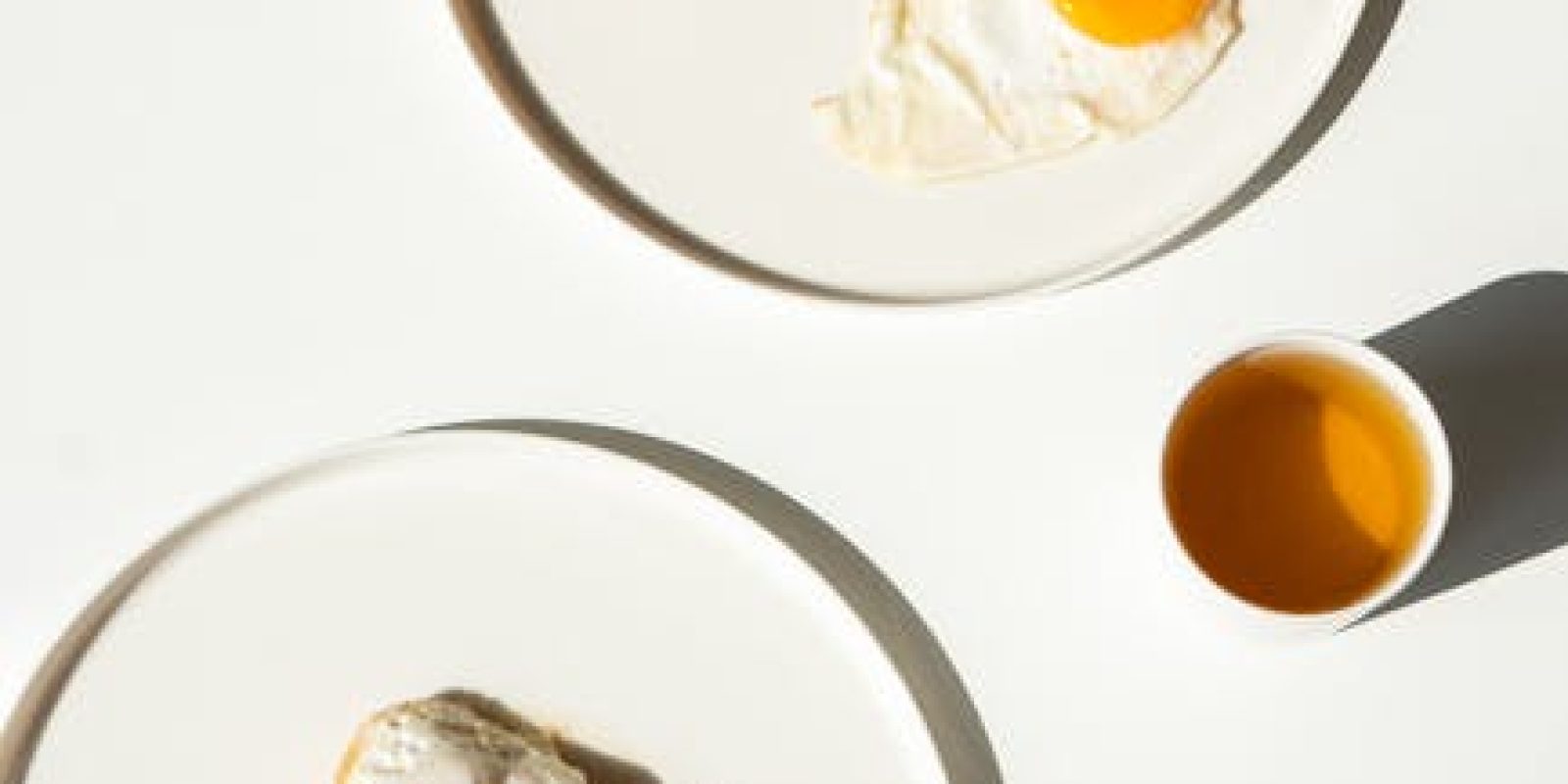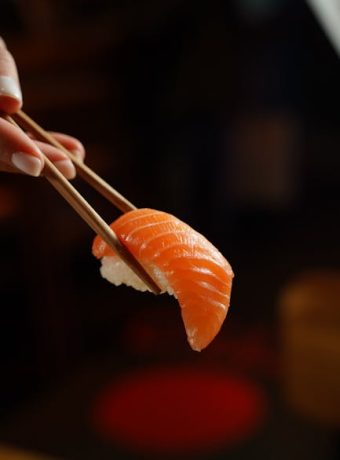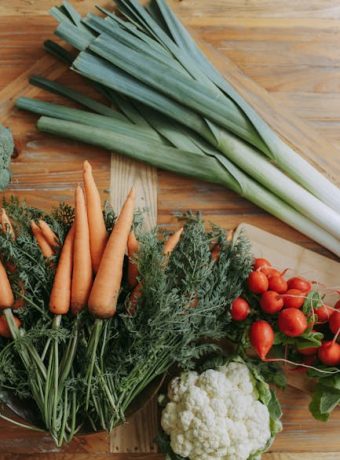Healthy Food in Ethiopian Cuisine: Light and Nutritious Injera
Ethiopian cuisine is a colorful tapestry of flavors, traditions, and nutrition. At the heart of many Ethiopian meals is Injera, a unique, fermented flatbread that serves as both a utensil and a dish. But did you know that Injera isn’t just delicious—it’s incredibly healthy too? Let’s explore how this staple can fit into a health-conscious diet. 🌾
Table of Contents
1. What is Injera?
2. Nutritional Benefits of Injera
3. How to Enjoy Injera in a Healthy Way
4. Conclusion
5. FAQs
What is Injera? 🍞
Injera is a spongy, sourdough flatbread made from teff, an ancient grain native to Ethiopia. It’s a key component of Ethiopian meals, often used to scoop up flavorful stews and salads. Its unique texture and slightly tangy flavor make it a delightful accompaniment to a variety of dishes.
Nutritional Benefits of Injera 🌿
Injera is not just a culinary staple; it’s also a powerhouse of nutrition. Here are some reasons why Injera can be considered a healthy choice:
Rich in Nutrients
Teff, the primary ingredient in Injera, is packed with essential nutrients like calcium, iron, and protein. It’s also high in resistant starch, which is beneficial for blood sugar management.
Gluten-Free Goodness
For those who are gluten intolerant or looking to reduce gluten in their diet, Injera offers a perfect alternative. Teff is naturally gluten-free, making it suitable for celiac-friendly diets.
High in Fiber
Injera is high in dietary fiber, promoting healthy digestion and helping to maintain a healthy weight by keeping you fuller for longer.
How to Enjoy Injera in a Healthy Way 🥗
Incorporating Injera into your diet can be both enjoyable and healthy. Here are some tips:
Pair with Nutrient-Dense Fillings
Pair Injera with traditional Ethiopian stews like doro wat (spicy chicken stew) or misir wat (lentil stew) to maximize its health benefits. These dishes are not only rich in flavor but also packed with protein and vitamins.
Control Portion Sizes
While Injera is healthy, it’s important to enjoy it in moderation. Since it’s quite filling, a small portion can be satisfying and prevent overeating.
Experiment with Toppings
Try adding fresh vegetables, legumes, or lean proteins to your Injera for a balanced meal. The variety not only adds nutritional value but also keeps your palate excited!
Conclusion
Injera is more than just a staple of Ethiopian cuisine; it’s a versatile, nutritious, and delicious option for anyone looking to maintain a healthy diet. Whether you’re new to Ethiopian food or a seasoned fan, incorporating Injera into your meals can be a delightful way to explore global cuisine while staying health-conscious. Next time you dine Ethiopian, savor your Injera with the knowledge of its many benefits!
FAQs
Q: Is Injera suitable for vegans?
A: Absolutely! Injera is vegan-friendly as it is made from teff flour and water.
Q: How should Injera be stored?
A: Store Injera in a cool, dry place and cover it with a cloth to maintain its softness. It can also be refrigerated for up to a week.
Q: Can I make Injera at home?
A: Yes, with a bit of practice, you can make Injera at home. The process involves fermenting teff flour and water to achieve its distinct texture and flavor.
Q: Is Injera high in calories?
A: Injera is relatively low in calories compared to other breads, making it a great option for those mindful of calorie intake.
Q: What are some traditional dishes to try with Injera?
A: Apart from doro wat and misir wat, try kitfo (minced raw beef) or gomen (collard greens) for a full Ethiopian dining experience.



